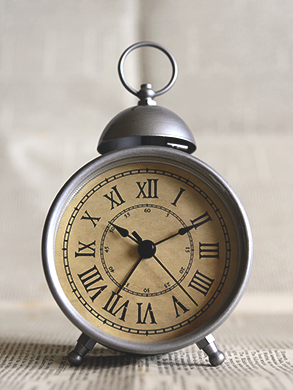Pages vs. Posts

If you’re new to WordPress you may be wondering what’s the big deal behind Pages and Posts. At first glance they appear to be one and the same: if you were to create either a new page or a new post you’d be presented with nearly identical interfaces and in many cases the public appearance of pages and posts will look the same.
Don’t let this fool you. There’s a very fundamental difference between the two and that difference is what makes CMSs, like WordPress, great platforms for integrating blogs with traditional websites.
Pages
Think about the kind of pages that make up a typical website. Most often you’ll see pages like “Home”, “About Us”, “Services”, “Contact Us”, etc. Within WordPress these are often treated as Pages; documents that have no particular regard for the time they were posted.
For example, when you visit the “About Us” page of your favorite company’s website you don’t expect the content to be very different from what was available there a week ago.
Posts
Now take a moment to think of your favorite news website. A news site is an ideal example of when you’d expect content to be different from the last time you visited — after all, news just wouldn’t be news if it weren’t current. In the case of news sites, Posts are most often used to write articles.
When you publish a post within WordPress it knows to treat the post differently than the way it treats a page. For example, when you enable a blog within your BoldGrid theme, it will list all of your published posts in reverse chronological order on your Blog page.
Your BoldGrid site can contain both pages and posts, i.e. you may have an “About Author” page to compliment your weekly blog. When done well, utilizing pages and posts in this way can help you build a more engaging experience for your visitors.
